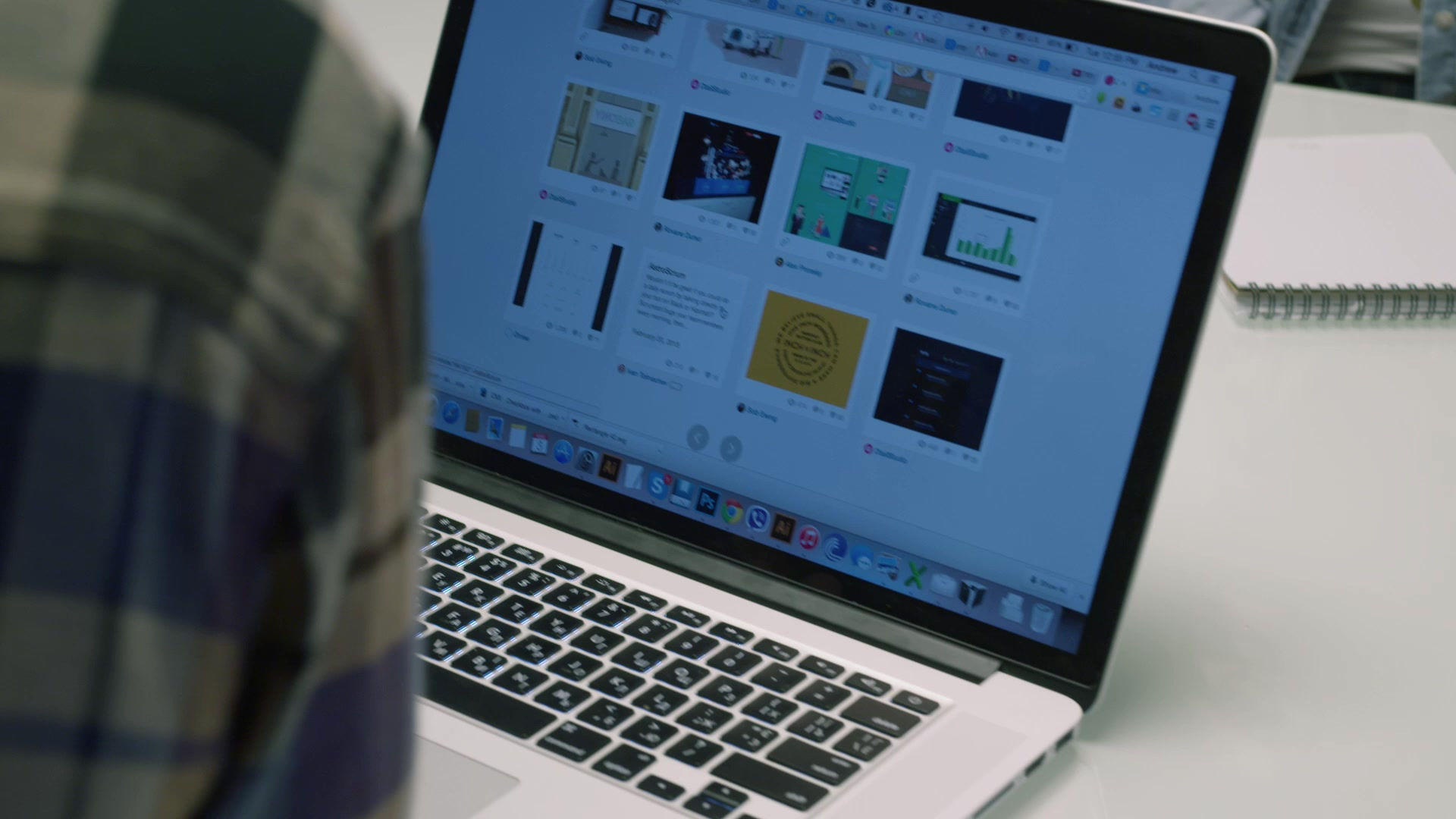
東京科学大学 環境・社会理工学院 融合理工学系. クロス研究室
Institute of Science Tokyo, School of Environment and Society
Transdisciplinary Science and Engineering
Procedure for applicant admissions to the Cross lab
Who we can accept (through fall 2026)
-
Undergraduate (4th-year) independent research project students at Science Tokyo (Ookayama campus).
-
Master’s students — last intake is Fall 2026 (no master’s admissions after that term).
-
Post-doctoral researchers and visiting researchers (subject to space/funding) through 2026.
-
Doctoral (PhD) applicants: not accepted
Note on lab closure: Prof. Cross will retire in March 2029. The lab will close at that time.
The lab is currently full until March 2026 graduation and a few applicants can potentially be accepted for Fall 2026 admissions.
Scholarships & financial support
Both Japanese and international students are welcome to apply. If you need funding, consider scholarships from your home-country Japanese Embassy, ADB, JICA, JASSO, MEXT, JSPS, and private foundations. Science Tokyo also offers competitive scholarships and tuition waivers for outstanding students (see the institute’s Scholarships & Aid page).
Research funding & RAs
In 2025, the lab received:
-
A 3-year JST project on biogas with African partner institutes.
-
A NATO-funded collaboration with Greek universities on flow batteries.
Research Assistant (RA) positions may be available on funded projects for students who meet project eligibility (e.g., citizenship requirements) and demonstrate strong research capacity. Students are encouraged to design and build custom experimental equipment in consultation with the campus machine shop (CAD-based fabrication available).
How to apply (Master’s)
-
Email Prof. Cross your CV and official/unofficial transcripts, and include your answers to the Part 1 questions (see below on this page).
-
Based on space availability, academic potential, lab diversity, fit with research topics, funding plan (self-funding or scholarship prospects), English ability, and societal impact potential, selected applicants will be invited to proceed to Part 2.
International Graduate Program (IGP) - C admission's timeline
-
For Fall admission: contact Prof. Cross in February.
-
For Spring admission: contact Prof. Cross in August.
Prof. Cross reviews IGP(C) applicants’ research proposals, CV, and transcripts, and typically schedules initial interviews ~1 month before the program deadline.
Lab Applications Part 1.
When contacting Prof. Cross about possible admission to the lab (for a master’s, undergraduate research, post-doc, or visiting position), please include your answers to the following questions in your email along with your resume and academic transcript (official or unofficial).
-
Why are you interested in joining the Cross Lab?
(Briefly describe your motivation and how it aligns with the lab’s research themes.) -
What is your intended research topic or area of interest?
(Identify specific keywords or project areas you wish to explore.) -
What relevant experience do you have?
(Include laboratory, computational, or fieldwork skills; software tools; or prior research training.) -
How do you plan to fund your studies or stay in Japan?
(Indicate whether you are self-funded, applying for a scholarship, or already supported by a specific program such as MEXT, ADB, etc.) -
What is your English-language proficiency level?
(Provide your TOEFL, IELTS, or other test scores if available, or a short statement about your ability to communicate and write in English.) -
When do you hope to begin your program, and for how long do you plan to stay?
(Specify intended start date, degree program, and duration.) -
Have you previously studied, worked, or conducted research in Japan or abroad?
(List institutions, years, and topics if applicable.) -
Have contacted other faculty members in Japan about joining their research lab? If yes, what response did you receive?
After reviewing your Part 1 responses, Prof. Cross will contact selected applicants with instructions for Part 2, which may include a short interview and submission of a research proposal.
Lab applications Part 2 and admissions procedure.
0. Review Science Tokyo degree program description and graduation requirements (click to access).
1. Applicant answers questions in part 1 above and sends responses by email to Prof. Cross for further consideration.
2. Applicant prepares a 3 page summary of the research proposal including references. Applicant prepares original research proposal in Powerpoint for 15 min oral presentation and interview by ZOOM using page numbered slides that include the following
-
title slide, reseach title, your name, date, intendedgraduate major, degree program ....
-
self-introduction (nationality, education, work experience, why applying to join Science Tokyo Cross lab)
-
research topic or problem as presented in the mass media, research motivation, scale
-
brief research literature review (what is already known on this topic) to identify the knowledge gap
-
research questions (objective)/based upon the gap of knowledge in the literature review
-
research methodology (equipment, software, simulation, and hardware needed) and process flowchart
-
expected research outcome
-
research budget or equipment (if needed)
-
explain research approach novelty
-
targeted journals for publication/impact factor and academic conference presentations
-
planned field trips in Japan
-
research project schedule for degree - Gantt chart style
-
plans after graduation
-
references
-
personal references (optional)
